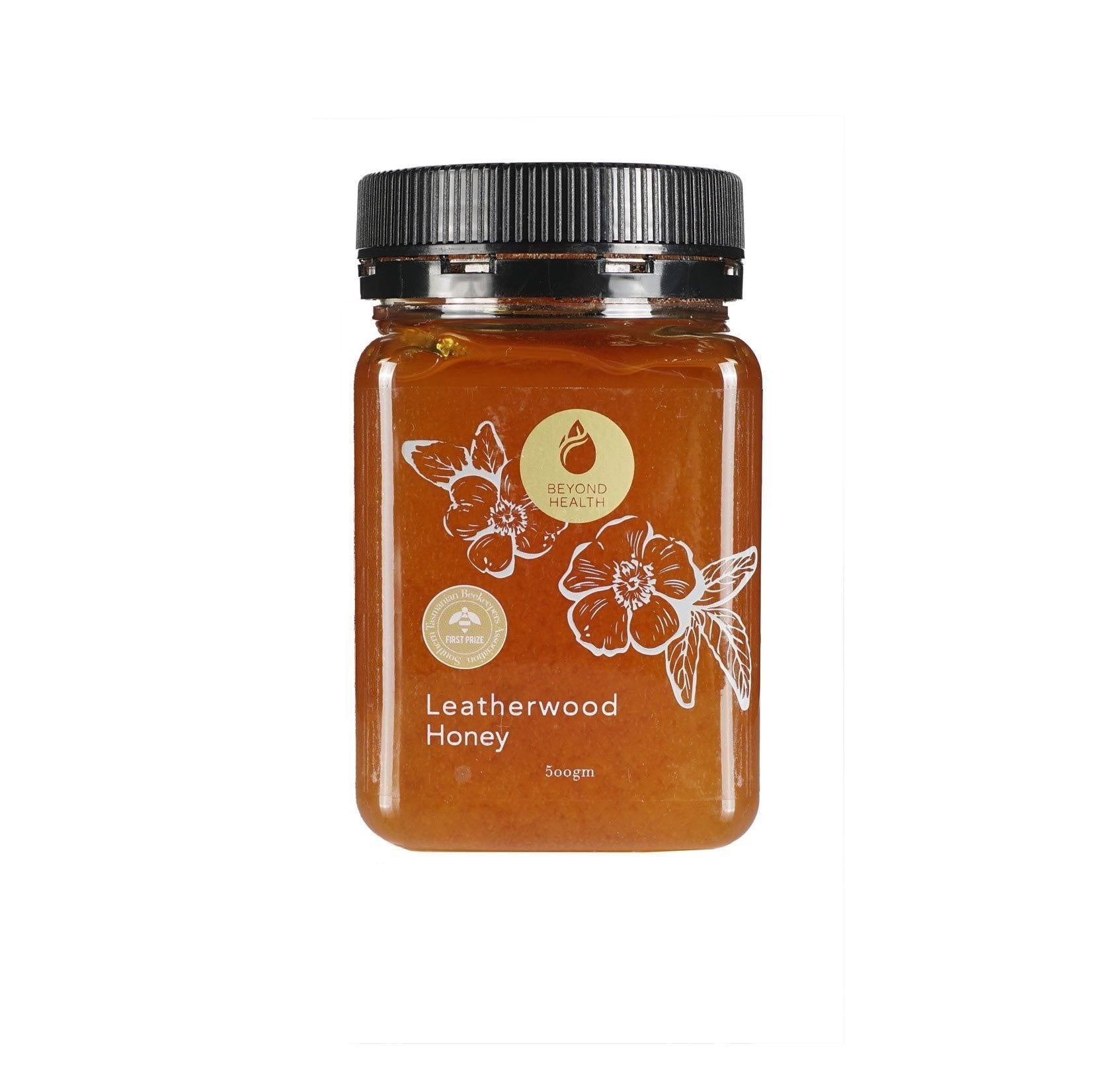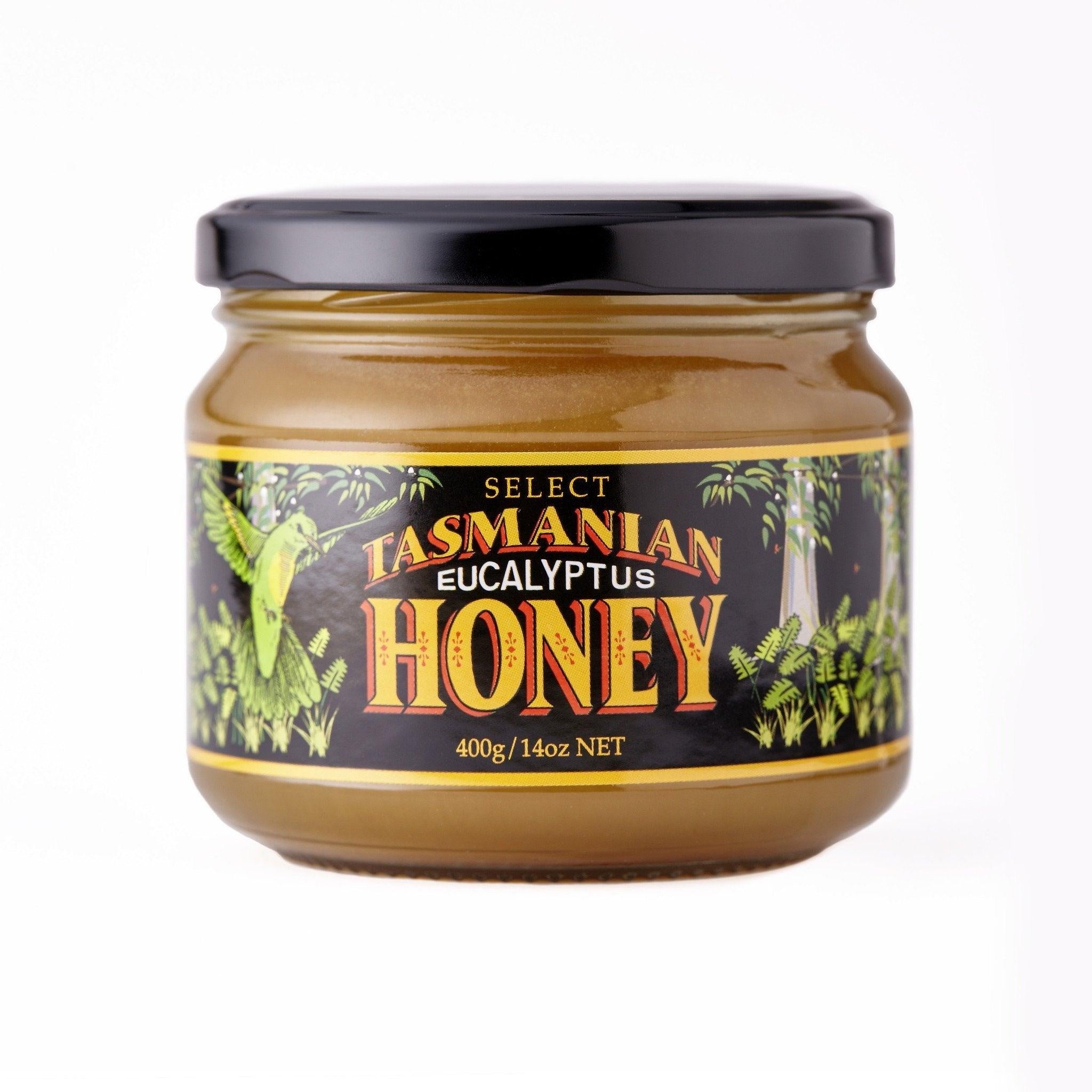Your shopping bag is empty
Cerebellar Stroke
- Posted by: Enquiry Admin
- Comments: 0
- Categories: Health
- Tags:
- Cerebellar Stroke
Understanding Cerebellar Stroke: Causes, Symptoms, and Recovery
Introduction
The human brain is a complex organ responsible for controlling various bodily functions, including movement, balance, and coordination. Cerebellum is a region located at the back of the brain. When a stroke occurs in the cerebellum, it can have significant effects on a person's motor skills and overall well-being. In this article, we will explore the topic of cerebellar stroke, its causes, symptoms, and the importance of timely medical intervention. We will also discuss the role of fitness, nutrition, and lifestyle factors in promoting recovery and preventing future strokes.
What is a Cerebellar Stroke?
A cerebellar stroke, also known as a cerebellar infarction, occurs when the blood supply to the cerebellum is disrupted. Hence, this leads to damage in this vital brain region. It is a type of ischemic stroke, commonly caused by a blockage or clot in the blood vessels supplying the cerebellum. In fact, the lack of oxygen and nutrients results in cell death and impaired functioning.
Causes and Risk Factors of Cerebellar Stroke
Several factors can contribute to the development of a cerebellar stroke, including:
Embolic Stroke: In some cases, an embolus, a blood clot or debris that travels from another part of the body, can lodge in the blood vessels supplying the cerebellum, leading to a stroke.
Atherosclerosis: The buildup of fatty deposits, known as plaques, in the arteries can restrict blood flow and increase the risk of stroke. Atherosclerosis can affect the blood vessels supplying the cerebellum, resulting in a cerebellar stroke.
Cardiovascular Conditions: Certain conditions, such as high blood pressure, heart disease, atrial fibrillation, and carotid artery disease, can raise the risk of stroke, including cerebellar stroke.
Lifestyle Factors: Unhealthy habits like smoking, excessive alcohol consumption, a sedentary lifestyle, and a poor diet high in processed foods can contribute to the development of stroke.
Symptoms of Cerebellar Stroke
The symptoms of a cerebellar stroke can vary depending on the extent and location of the damage. Common signs and symptoms include:
Loss of Balance and Coordination: Cerebellar stroke often leads to difficulties with balance and coordination. When this happens, patients may experience unsteady walking, dizziness, and a lack of coordination in their movements.
Motor Impairment: Weakness or paralysis of the limbs on one side of the body, also known as hemiparesis, can occur in cerebellar stroke. As a result, this can affect fine motor skills and result in difficulties with tasks requiring precise movements.
Headache and Vertigo: Many individuals with cerebellar stroke experience severe headaches and a spinning sensation known as vertigo.
Nausea and Vomiting: Cerebellar stroke can cause nausea and vomiting, often accompanied by other symptoms such as dizziness and headache.
The Role of Fitness, Whole Foods, and Nutrition in Recovery
Recovering from a cerebellar stroke requires a comprehensive approach that includes medical care, rehabilitation, and lifestyle modifications. Finally here's how fitness, whole foods, and nutrition can play a role in the recovery process:
Fitness and Exercise: Engaging in regular physical activity under the guidance of healthcare professionals can aid in the recovery of motor skills, balance, and coordination. Physical therapy exercises and activities that target specific muscle groups can help patients regain strength and improve their overall fitness levels.
Whole Foods and Nutrition: A healthy diet rich in whole foods, such as fruits, vegetables, whole grains, lean proteins, and healthy fats, can provide essential nutrients for brain health and support the body's healing process. Antioxidant-rich foods, like berries and leafy greens, can help reduce inflammation and oxidative stress in the brain.
Weight Loss and Management: For individuals who are overweight or obese, weight loss may be recommended as it can help reduce the strain on the cardiovascular system and lower the risk of future strokes.
Lowering Diastolic Blood Pressure Naturally: In fact, high blood pressure is a major risk factor for stroke. Adopting a heart-healthy diet, reducing sodium intake, managing stress levels, and implementing relaxation techniques like meditation can help lower diastolic blood pressure naturally.
Conclusion
A cerebellar stroke can have a significant impact on a person's physical and cognitive abilities. Understanding the causes, recognizing the symptoms, and seeking immediate medical attention are crucial for a better prognosis. Additionally, incorporating fitness activities, following a balanced diet rich in whole foods, managing weight, and practicing relaxation techniques can aid in recovery and reduce the risk of future strokes. Always consult with healthcare professionals for personalized advice and guidance on stroke prevention, recovery, and overall well-being.
Sources
- Mayo Clinic - Stroke. Link
- National Stroke Association - Stroke Rehabilitation. Link
- American Heart Association - Whole Grains and Fiber. Link
- Harvard Health Publishing - Foods that Fight Inflammation. Link
- National Heart, Lung, and Blood Institute - DASH Eating Plan. Link
- American Heart Association - How Can I Lower High Blood Pressure with Lifestyle Changes? Link
- American Heart Association - Stress Management. Link
Please note that the information provided in this article is for informational purposes only and should not be considered as medical advice. Always consult with a healthcare professional for personalized guidance and treatment options.






